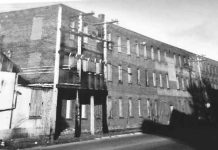Robinson Crusoe killed a bird for dinner only to call its flesh carrion and “fit for nothing.” Shakespeare wrote “That this foul deed shall smell above the earth with carrion men, groaning for burial.” God created creatures devoted to the eradication of the decaying, fowl-smelling, carrion of deceased wildlife. These critters loved their job. They…



